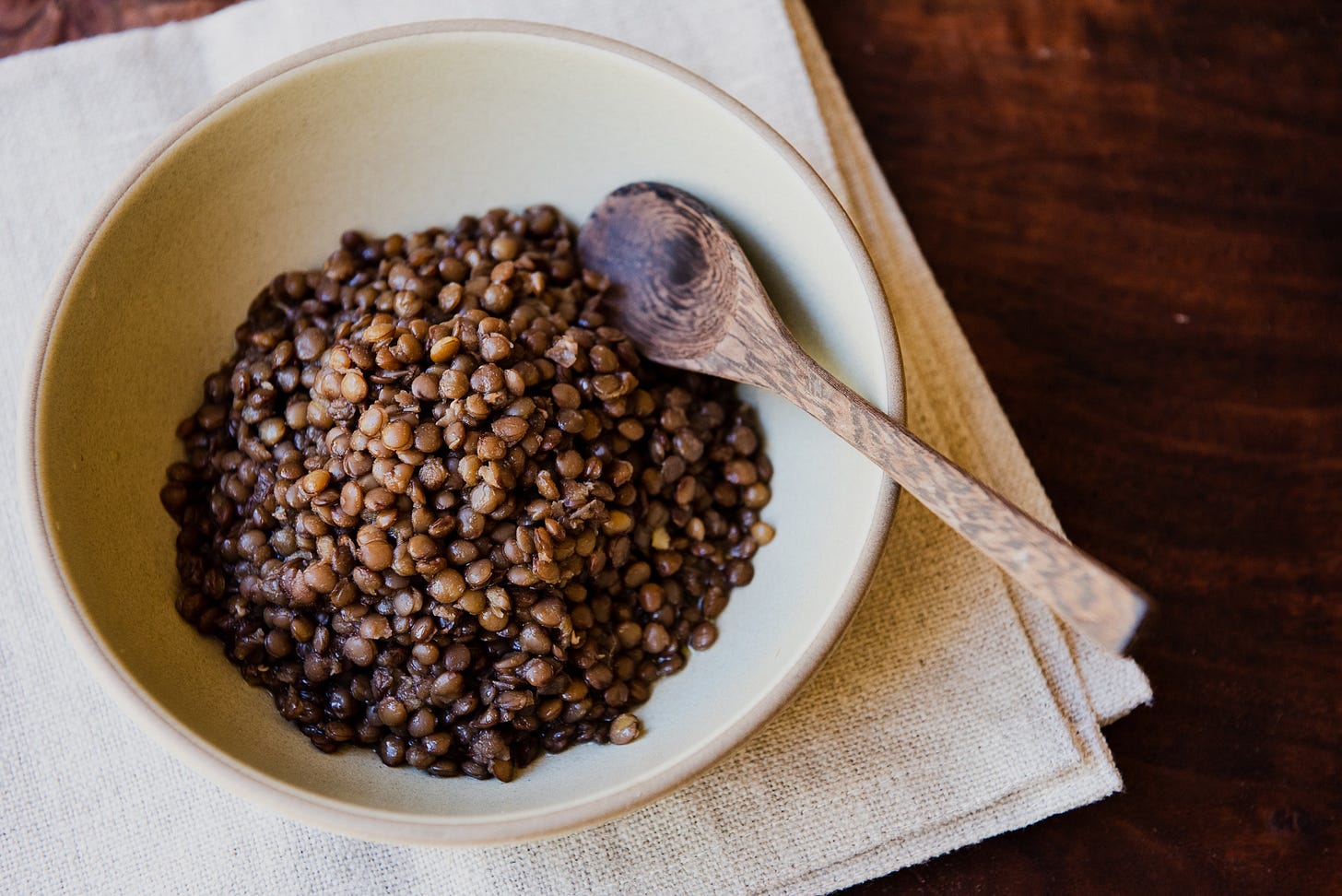Backstory
I recently read a book called Travels with Epicurus by Daniel Klein. Well-known for his humorous takes on philosophy, Klein decided to make a pilgrimage to a small town in Greece. His personal quest was to figure out the most satisfying way to live out his elder years. Having spent extended periods of time in Greece in a small village as a young student, he recalls the contentment among the old people living there and believed he would find clues to his search. His book leads with a quote from the Greek philosopher Epicurus:
“Not what we have but what we enjoy constitutes our abundance.”
I liked the sound of that. Klein notes that Epicurus was not an “Epicurean” in the sense that the term has come to be understood—hedonism, high living, devotion to pleasure particularly as regards food and drink. Rather: “Epicurus preferred a bowl of plain boiled lentils to a plate of roasted pheasant… a delicacy prepared for noblemen in ancient Greece… The pheasant dish titillated the taste buds, but Epicurus was not a sensualist in that sense: he was not looking for dazzling sensory excitement. No, bring on those boiled lentils! If he fully engaged in tasting the lentils, he would experience all the subtle delights of their flavor, delights that rival those of more extravagantly spiced fare.” (Travels with Epicurus, Pg. 10-11)
Although Epicurus was Greek, I like to imagine that the lentils he ate came from a particular Italian village grown there since antiquity. My mother used to regularly make lentils with coarse ground pork sausages, their classic accompaniment. The dish was tasty but in a murky sort of way. The green lentils and the aromatics she used tended to break down to a muddle. Sorry, Mom. My own efforts with this lentil have fallen short as well.
I have been using brown Umbrian lentils for many years and was singing their praise to Anthony. We love lentils and their versatility in the kitchen. We also turn to them as a highly nutritious alternate source of protein when we’re off meat. Rather than taking my word for the quality of the Umbrian lentils, we decided to put them to the test against four of the common types—Green lentils, French Lentilles du Puy, Black “Beluga” lentils, and Red lentils. In order to keep the playing field even, I simmered each type in the same amount of water, with the same amount of salt and I cooked each batch for twenty-five minutes. Tasting notes are below. But first:
The Facts
Lentils are the edible seeds of plants in the legume family called “pulse” crops that include beans, peas, and chickpeas among others. ‘Pulses’ are encased in a fibrous pod and are always dried and harvested in the field. They are called pulses after the Latin ‘Puls,’ in ancient times meal, porridge, or mush. Puls is also the root of the word “poultice.” Evidently, the pulses with their starchy centers were mashed with herbs and applied to treat wounds and other skin ailments. We plan to use them for other, more appetizing purposes.
The four common types of lentils known by their colors (“brown,” “red,” “black,” and “green”) are said to manifest hundreds of sub-variations. Lentils also come in various sizes, small to large, but rarely more than 3/16 of an inch across. Some have the skin attached, others are hulled; some are rounded or split, or lens-shaped. All have different flavor characteristics based on the variety, soil, and climate in which they are grown.
Tasting Notes
Keep reading with a 7-day free trial
Subscribe to Notice! to keep reading this post and get 7 days of free access to the full post archives.





